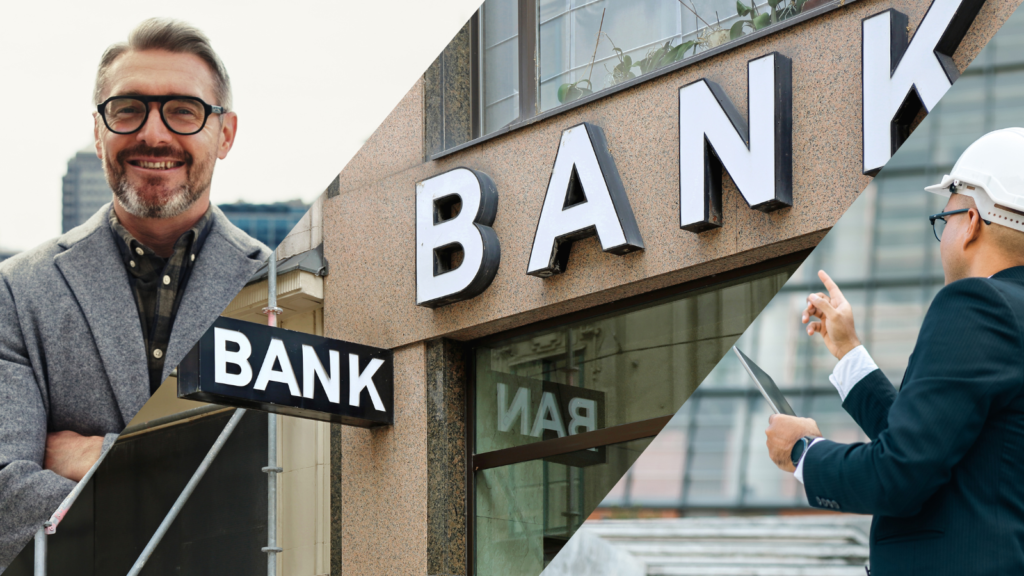Welcome to our essential guide on development financing, a critical component in realizing sustainable projects that can transform communities and protect the environment.
As global challenges such as climate change and urbanization intensify, the need for innovative financing solutions becomes ever more pressing.
This article will explore the significance of development financing in fostering sustainable initiatives, delve into the various types of financing available, discuss key players in the sector, dissect the challenges faced when seeking funding, and highlight the future trends that promise to shape development financing in a more sustainable direction.

Key Takeaways
- Development financing is crucial for supporting sustainable projects that address global challenges.
- Sustainable projects are increasingly recognized for their potential to drive economic and social growth.
- Various types of development financing, including grants, loans, and equity investment, cater to different project needs.
- Key players in the development financing landscape include governments, NGOs, and private investors.
- Future trends indicate a growing emphasis on innovative financing solutions to enhance sustainability efforts.
Introduction to Development Financing
Development financing plays a crucial role in the advancement of various sectors, particularly in emerging economies.
It refers to the financial resources and mechanisms that enable investment in infrastructure, housing, and essential services aimed at fostering economic growth and improving living standards.
In many cases, development financing is sourced from a mix of public and private institutions, including government agencies, international organizations, and private investors.
With an increasing emphasis on sustainable and inclusive development, the strategies employed in development financing are evolving.
This change signifies a growing recognition of the importance of not only funding projects but also ensuring that these initiatives lead to meaningful social and economic improvements.
As markets grow and new opportunities arise, understanding the nuances of development financing is essential for stakeholders aiming to make informed investment decisions.
Importance of Sustainable Projects
Sustainable projects play a crucial role in the realm of development financing, particularly in regions like Costa Rica, where economic growth must align with environmental preservation.
As investors and governments increasingly recognize the implications of climate change, financing initiatives that promote eco-friendly practices have gained prominence.
In Costa Rica, a country celebrated for its dedication to conservation, sustainable development financing is essential not only for protecting its lush landscapes and biodiversity but also for fostering long-term economic stability.
By channeling funds into green projects—such as renewable energy, sustainable agriculture, and eco-tourism—stakeholders can stimulate local economies while ensuring that Costa Rica’s natural resources remain intact for future generations.
Therefore, embracing sustainable projects in development financing is not just beneficial but necessary for maintaining the delicate balance between growth and environmental stewardship.
‘The future belongs to those who believe in the beauty of their dreams.’ – Eleanor Roosevelt

Types of Development Financing
Development financing plays a crucial role in the real estate sector, providing resources essential for the construction and renovation of properties.
There are several types of development financing, each catering to different project needs and investor profiles.
First, traditional bank loans are a common choice for developers, offering lower interest rates but often requiring a solid credit history and a comprehensive project plan.
Alternatively, private equity financing and venture capital involve raising funds from wealthy individuals or firms looking for high returns on investment; while this option may come with less stringent requirements, it often demands a substantial share of ownership or profits.
Another option is construction loans specifically designed to fund the building process, with disbursements made in stages tied to project milestones.
Furthermore, crowdfunding has emerged as a modern method of gathering small amounts of capital from numerous investors, making it easier for developers to fund their projects without relying solely on traditional financing methods.
Each type of development financing has its advantages and challenges, making it essential for real estate professionals and investors to carefully assess their options to achieve successful project outcomes.
Key Players in Development Financing
In the realm of development financing, several key players significantly influence the landscape and the success of projects worldwide.
Primarily, governments act as catalysts by providing foundational financial support and regulatory frameworks that stimulate investment.
International financial institutions, such as the World Bank and the International Monetary Fund, play crucial roles by offering funding and technical assistance to developing countries.
Private investors, venture capitalists, and large corporations are also pivotal, as they inject capital and foster innovations that drive progress.
Additionally, non-governmental organizations (NGOs) often collaborate with these entities to ensure that development financing aligns with community needs and sustainable practices.
Understanding these key players helps stakeholders navigate the complexities of securing funds and successfully executing development projects.

Challenges in Obtaining Development Financing
Securing development financing can be one of the most challenging aspects for real estate developers, especially in emerging markets like Costa Rica.
The process often involves navigating complex regulatory environments, understanding market demands, and establishing trustworthy relationships with financial institutions.
Investors may find that local banks have stringent lending criteria, which can deter potential projects or delay their timelines.
Furthermore, the fluctuating economic conditions can create uncertainty, making lenders cautious.
It’s essential for developers to present a solid business plan that demonstrates feasibility and profitability to mitigate these challenges.
In addition, exploring alternative financing options, such as private equity or crowdfunding platforms, can provide viable solutions for overcoming hurdles in obtaining necessary funding for their projects.
Future Trends in Development Financing for Sustainability
As global awareness of environmental issues grows, the future of development financing is leaning heavily towards sustainability.
Investors and financial institutions are increasingly recognizing the importance of funding projects that not only promise returns but also contribute positively to society and the environment.
This shift is characterized by the rise of green bonds and impact investing, which prioritize projects that enhance ecological resilience and promote social equity.
Financial models are evolving to incorporate Environmental, Social, and Governance (ESG) criteria, pushing developers to innovate and implement sustainable practices across various sectors, from renewable energy projects to sustainable urban housing.
With government incentives and international cooperation, there is a significant push towards leveraging development financing for impactful change, thereby setting a precedent for how investments can drive sustainability in future endeavors.
Frequently Asked Questions
What is development financing?
Development financing refers to the financial resources and investment strategies aimed at funding projects that foster economic development, particularly those that promote sustainability and long-term viability.
Why is development financing important for sustainable projects?
Development financing is crucial for sustainable projects as it provides the necessary capital to implement green initiatives, reduce environmental impact, and drive economic growth while ensuring the welfare of current and future generations.
What are the different types of development financing available?
The main types of development financing include grants, loans, equity investments, blended finance, and impact investing.
Each type has its own characteristics and conditions tailored to support various sustainable development goals.
Who are the key players in development financing?
Key players in development financing include governments, multilateral institutions (like the World Bank), non-governmental organizations (NGOs), private investors, and development banks, all working together to fund sustainable projects.
What are the common challenges faced in obtaining development financing?
Common challenges include a lack of awareness about available financing options, stringent eligibility criteria, perceived risks by investors, and difficulties in proving the viability and impact of sustainable projects.





